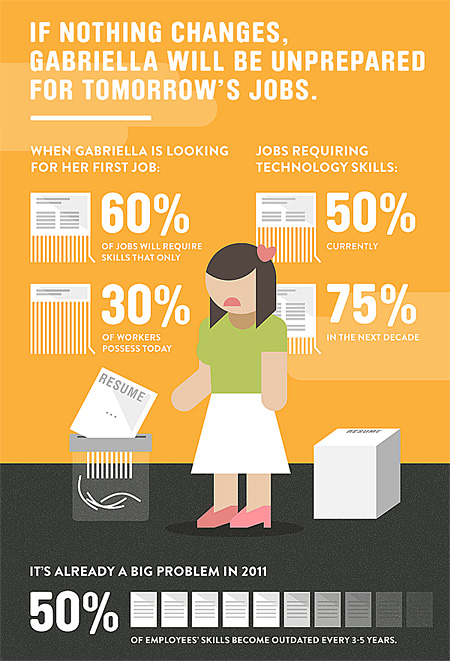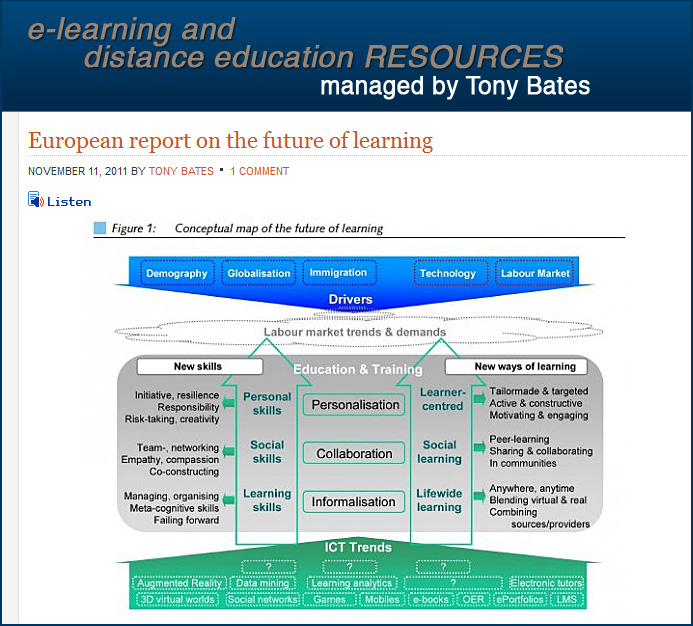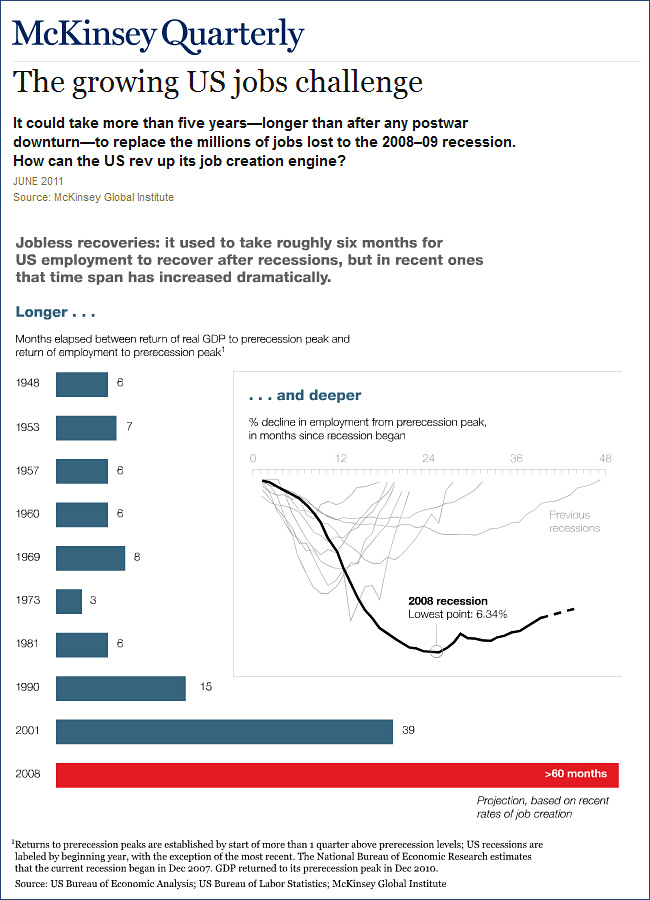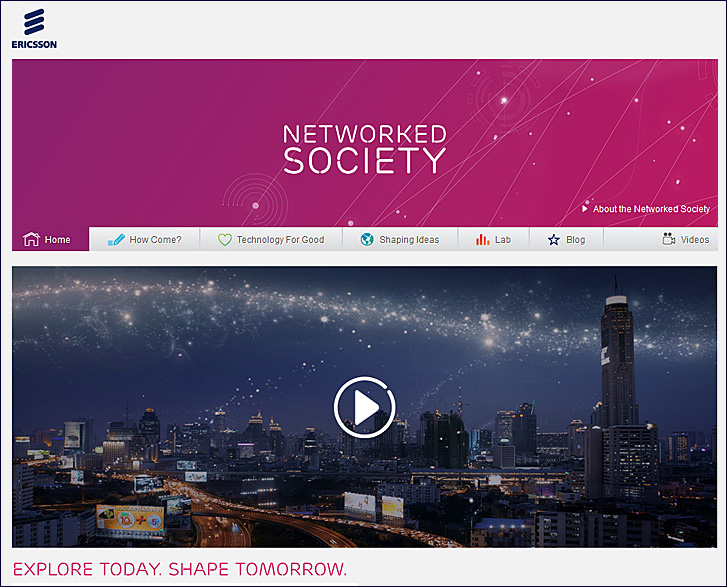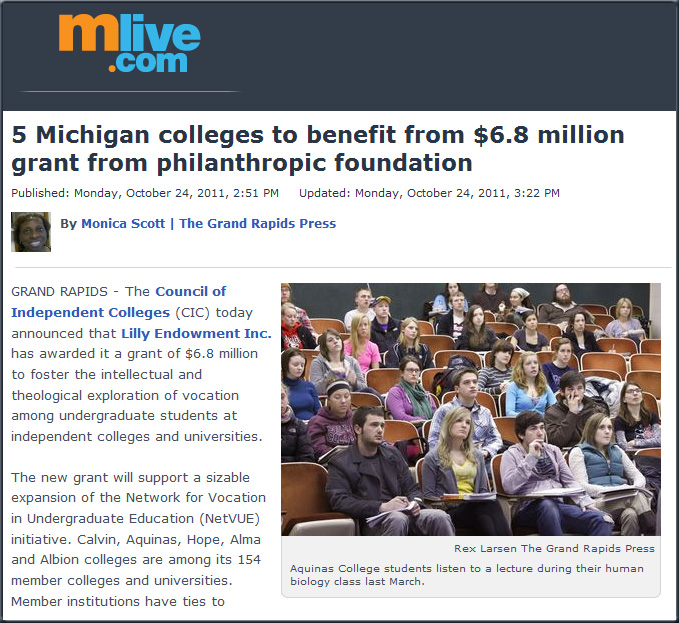Analytics goes to the head of the class — from Northwestern.edu
Northwestern in collaboration with IBM offers degrees for next generation careers
Armonk, NY and Evanston, Ill. — Northwestern University and IBM have announced they are collaborating on new business and technology curricula to help students gain the latest skills in business analytics. The new courses of study, Masters of Science degree programs with analytics concentrations in the McCormick School of Engineering and Applied Science and the School of Continuing Studies, will better prepare students, and current professionals, who are seeking new analytics skills for today’s competitive job market.
The U.S. Bureau of Labor Statistics predicts that there will be a 24 percent increase in demand for professionals with management analysis skills over the next eight years. The need for this specialized talent is being fueled by an increased use of business analytics by companies to better understand the explosion of data generated online, via social networks and mobile devices, or through real time sensors. With so much data residing within, and shared across, these digital sources, organizations are seeking new ways to understand, measure, act and even predict outcomes based on customer and social sentiment.
…
This fully online, part-time program is designed to help adult students, expand their existing skills or gain new capabilities to transition into new careers.
The two-year MSPA program offers students a thorough grounding in data mining concepts and applications. It also focuses on developing the strategic, project-management and communication skills that leaders utilize to effectively forecast and implement new initiatives. Advanced data analysis, advanced statistics, database management, web analytics, predictive modeling and marketing analytics are just some of the program’s areas of study. The program also includes electives in fraud detection and web analytics. For example, helping students learn how predictive analytics can root out fraud at insurance companies, predict energy usage, or improve customer buying experiences.









